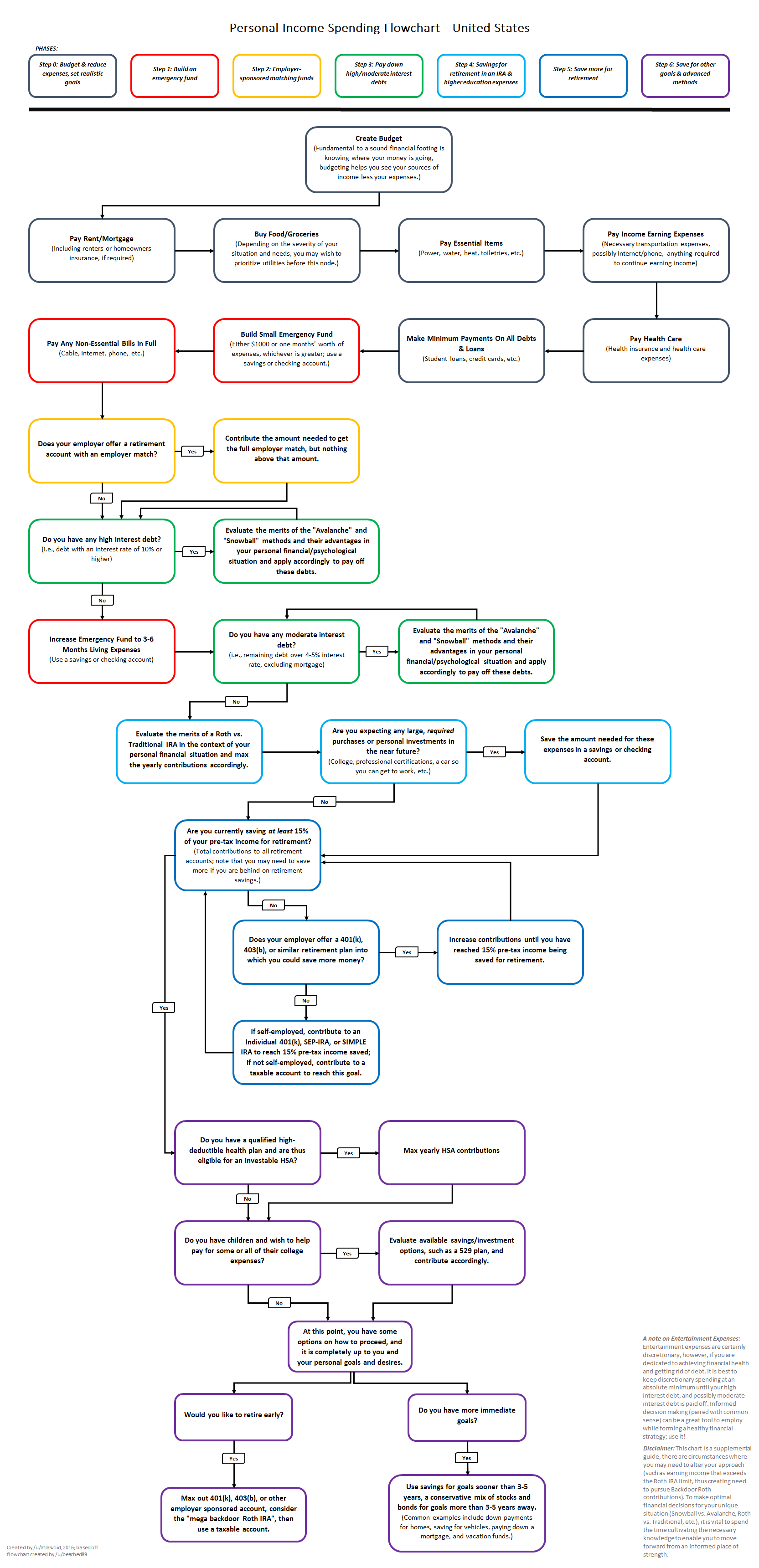Trading¶

$ python3
Python 3.9.10 (main, Jan 15 2022, 11:48:00)
[Clang 13.0.0 (clang-1300.0.29.3)] on darwin
Type "help", "copyright", "credits" or "license" for more information.
>>> 2.56 + 8.22 + 0.01
10.790000000000001
>>> _ - (0.20 + 0.36 + 6.01 + 0.26 + 0.53)
3.4300000000000006
>>>